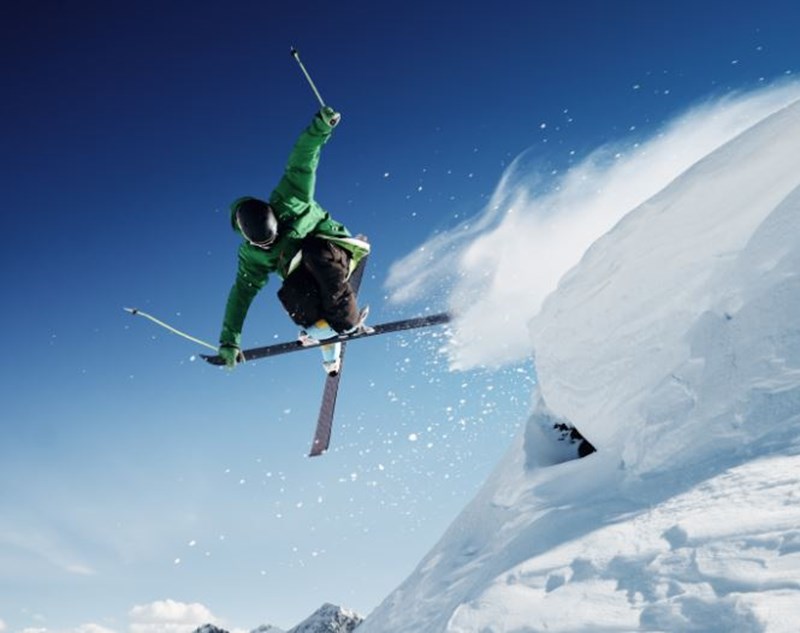
The safety of yourself and others is paramount if you ski or snowboard - even if you're at home and comfortable on the slopes.
Accidents can happen in an instant, and even though you might feel happy and confident on your skis and board, it's always best to bear in mind that others may not be. Which, predictable, can lead to accidents.
We recommend that you observe the International Ski Federation's safe skiing code, both on and off-piste, to make sure that you're safe - and others are, too.
RESPECT FOR OTHERS - You must behave in such a way that you do not endanger others.
CONTROL OF SPEED AND SKIING - You must be in control, and adapt your speed and manner of skiing to your ability and the prevailing conditions of terrain, snow and weather, as well as to the density of other skiers.
CHOICE OF ROUTE - You must choose your route in such a way that, when coming from behind, you do not endanger others ahead.
OVERTAKING - Make sure that you leave enough room when overtaking others for any voluntary or involuntary movements that they may make.
ENTERING AND STARTING - When entering a marked run, or starting again after stopping, make sure that you look both up and down the run to ensure that you can do so without endangering yourself or other skiers.
STOPPING - Unless absolutely necessary, you must avoid stopping on the piste in narrow places or where visibility is restricted.
CLIMBING AND DESCENDING ON FOOT - When climbing or descending on foot, you must keep to the sides of the piste.
RESPECT FOR SIGNALS AND MARKINGS - You must respect all signals and markings.
ASSISTANCE - If an accident occurs, every skier is duty bound to assist.
IDENTIFICATION - Following an accident, every skier and witness, whether responsible or not for causing the accident, must exchange names and addresses.
Image credit: Shutterstock